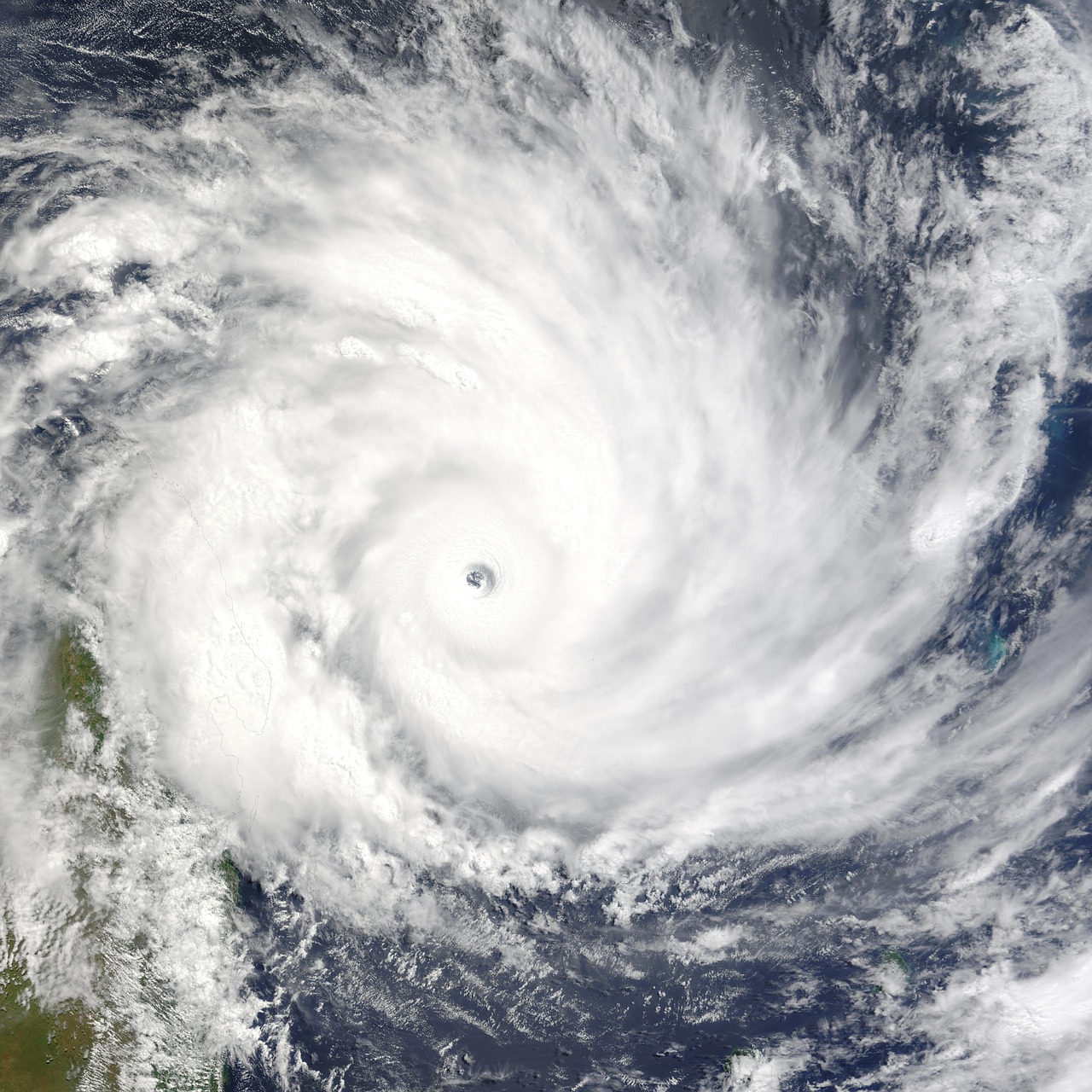The same day, 16 years after Hurricane Katrina devastated Louisiana and Mississippi, Hurricane Ida made landfall, and its wind speed of 230 km / h made it the strongest hurricane to hit the mainland. Ida was a Category 4 storm when it hit land on the same day as Katrina 16 years ago and was within 72 kilometers (72 miles) west of where the storm hit land.
Forecasters warned of damaging winds and heavy rains that could cause flash floods and life-threatening storm surges as Hurricane Ida continued to rage on Monday over southeastern Louisiana before it moved into Mississippi. Ida made landfall as a Category 4 hurricane in southeastern Louisiana just before 1 p.m. on Sunday, bringing catastrophic winds and torrential rain to the same spot within hours. The fearsome Hurricane Ida weakened to a tropical storm as it headed toward Mississippi with torrential rains and squealing winds, but it was still a threat.
More than a million people left without power in Louisiana and Mississippi after Hurricane Ida became a powerful Category 4 hurricane causing serious flash floods and dangerous storm surges. The storm continued to rage in Louisiana after the storm’s first fatalities were reported, and an estimated one million customers were left without power across the state. Ida, a Category 4 storm, fell on a Category 1 storm with maximum sustained winds of 75 mph for hours as it moved away from its eye about 70 miles south of New Orleans.
More than a million customers in Louisiana and Mississippi were without electricity nationwide, according to the data, increasing their vulnerability to flooding which could leave them without air conditioning and cooling. On Monday morning, Louisiana reported 1 023,255 customers without electricity while Mississippi reported at least 1,216,669 people without power. Jefferson and Orleans communities were hardest hit by power outages where 372,000 Entergy customers were still without electricity at 7 p.m. at 7 p.m. after high winds devastated the area Sunday morning.
The entire city of New Orleans relies on the city’s utility Entergy to get emergency power and pumps to remove rainwater from the city’s streets. Entergy New Orleans has confirmed that the only electricity in the city comes from generators, the city’s Department of Homeland Security and Emergency Preparedness announced on Twitter. The company is working to assess the path to restoration of power, but taking over power doesn’t mean losing power for any other reason than moving away from Hurricane Ida, and the process may not be completed until Sunday night, said spokesperson Brandon Scardigli.
A slow-moving hurricane Ida has left some customers in Orleans Parish without power. Because of catastrophic transmission damage, reports entergy New Orleans. Entergy Louisiana, one of Louisiana’s utilities, said Sunday in a statement that people could be without power for weeks after the storm passed. The storm threw a large power pole over the Mississippi River in Jefferson Parish, a suburb of New Orleans, causing widespread power outages and bringing river traffic to a standstill, emergency manager Joe Valiente told NPR.
Louisiana residents began surveying damage from Hurricane IDA on Monday morning, but more than a million customers were without power and authorities urged residents to stay inside for their own safety. The state lost power on Sunday after sunset as the hurricane passed through Katrina on the 16th anniversary of Katrina, leading to a restless night of slushy rain and howling winds. On Sunday night, New Orleans lost power at sunset as Hurricane Ida swept across the 16th anniversary of Hurricane Katrina, causing a more uncomfortable night of torrenting rain and howling winds.
NEW ORLEANS (AP) – Hurricane Irma has crippled power supplies in New Orleans as it swamped coastal communities in Louisiana and unleashed a deadly path along the Gulf Coast with the promise of more destruction. Fearsome Hurricane Irma left dozens of Louisiana coastal residents trapped in floodwaters and begged for rescue Monday, causing the power grid to collapse in the sweltering late summer heat across much of the state. Sunday storm raged as one of the strongest storms to hit the United States ever, destroying power supplies in New Orleans, blowing roofs off buildings and causing the Mississippi River to be reversed as it rushes along one of America’s most important industrial corridors up Louisiana coast.
The Kerner Swing Bridge in Jefferson Parish, south of New Orleans, was hit on Sunday by a barge when the storm hit Louisiana, the municipal administration said. It was prompting officials to warn residents that it was not safe to drive. In Lafourche Parish, southwest of the city, two of three hospitals suffered damage in Sunday’s epic storm, community sheriff Craig Webre told CNN. And more than a million customers in Louisiana, especially in Orleans Parish, were affected by “catastrophic transmission damage” Sunday night, the council tweeted.
Officials said Ida’s rapid intensification from few storms in three days to a massive hurricane left no time to organize a mandatory evacuation of New Orleans’ 380,000 residents. The Times-Picayune reported that the storm left 614,000 customers in Louisiana without power when it hit the city. Before the storm, New Orleans ordered residents living near hurricane damage to set up risk-mitigation systems put in place after Katrina to manage flood defenses and to evacuate authorities in the East.
Ida sat about 65 miles southwest of Jackson, Miss., but the threat of dangerous storm surges continued to control southeastern Louisiana, southern Mississippi and southern Alabama, according to the National Hurricane Center. The storm was not downgraded from a Category 3 storm to a Category 2 hurricane by 10 p.m. on Sunday night. It was expected to remain classified as a hurricane until late Sunday and become a tropical storm by Monday afternoon.
![]()

Thanks for the auspicious writeup. It in fact was once a amusement account it. Look complex to more brought agreeable from you! However, how can we keep in touch?